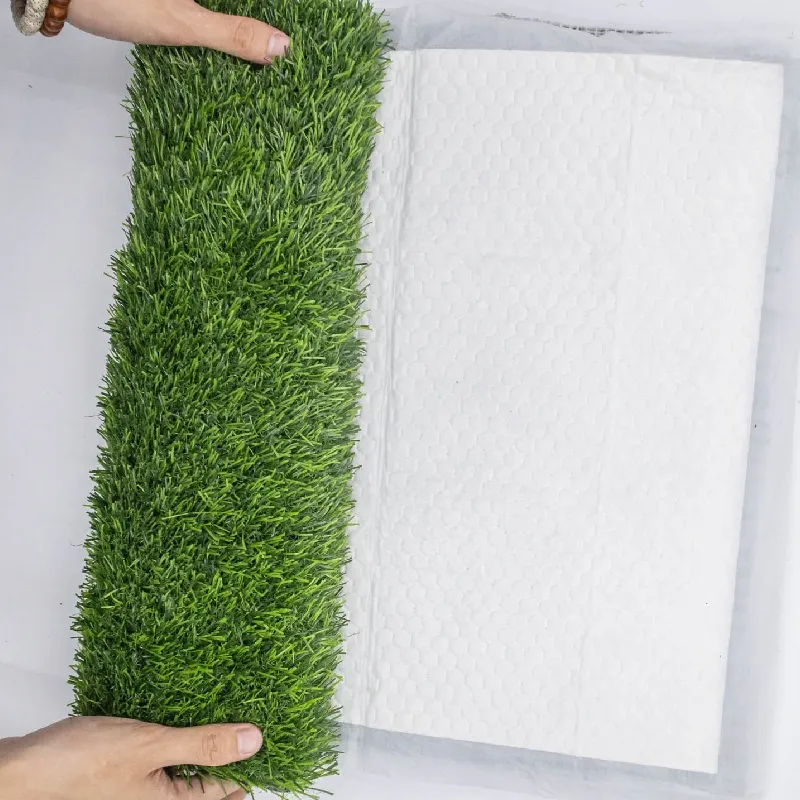
- Afrikaans
- Arabic
- Belarusian
- Bengali
- Czech
- Danish
- Dutch
- English
- Esperanto
- Estonian
- Finnish
- French
- German
- Greek
- Hindi
- Hungarian
- Icelandic
- Indonesian
- irish
- Italian
- Japanese
- kazakh
- Rwandese
- Korean
- Kyrgyz
- Lao
- Latin
- Latvian
- Malay
- Mongolian
- Myanmar
- Norwegian
- Persian
- Polish
- Portuguese
- Romanian
- Russian
- Serbian
- Spanish
- Swedish
- Tagalog
- Tajik
- Thai
- Turkish
- Turkmen
- Ukrainian
- Urdu
- Uighur
- Uzbek
- Vietnamese
turf grass for homes
Oct . 07, 2024 05:52 Back to list
Choosing the Right Turf Grass for Your Home
When it comes to creating a beautiful and functional lawn, selecting the right turf grass is paramount. The type of grass you choose can greatly influence the overall appearance of your yard, its maintenance requirements, and how well it withstands environmental stresses. With numerous varieties available, it’s essential to consider factors such as climate, soil type, sunlight exposure, and personal preferences.
Understanding Grass Types
Turf grasses are generally categorized into two primary types cool-season grasses and warm-season grasses.
Cool-Season Grasses These grasses thrive in regions with cold winters and moderate summers. They typically grow best when temperatures range from 60°F to 75°F. Cool-season grasses, such as Kentucky Bluegrass, Tall Fescue, and Perennial Ryegrass, are ideal for northern climates. They tend to green up early in the spring and remain lush into the fall, making them a popular choice for homeowners looking to maintain a vibrant lawn year-round.
Warm-Season Grasses On the other hand, warm-season grasses prefer warmer temperatures, typically thriving when temperatures reach 80°F to 95°F. Varieties such as Bermudagrass, Zoysiagrass, and Centipedegrass are commonly found in southern regions. These grasses enter a period of dormancy during the cooler months, which can lead to browning and reduced growth. However, they flourish during the hot summer months, providing a lush carpet for outdoor activities.
Factors to Consider When Choosing Turf Grass
1. Climate and Region The most critical consideration is your geographical location. It’s essential to choose a grass type that is well-suited to your local climate. Cool-season grasses perform best in the northern states, while warm-season grasses are more suited to the southern regions.
2. Sunlight Exposure Assess how much sunlight your lawn receives daily. Some grasses require full sun, while others can tolerate shade. For example, Tall Fescue is known for its shade tolerance, whereas Bermudagrass thrives in sunny spots. Understanding the light exposure will help you choose the right grass that can sustain healthy growth.
turf grass for homes

3. Soil Type The condition of your soil plays a crucial role in the success of your lawn. Testing your soil for pH levels and nutrient content can help you determine which grass type will thrive. Some grasses, like Zoysiagrass, are more tolerant of poor soil conditions, while others may require well-drained, nutrient-rich soil.
4. Maintenance Level Different grass types come with varying maintenance requirements. If you prefer a low-maintenance lawn, consider grasses like fescue or zoysia, which require less frequent mowing and watering. Conversely, Kentucky Bluegrass offers a lush appearance but demands regular care, including watering, fertilization, and pest control.
5. Intended Use Lastly, think about how you plan to use your lawn. If you have children or pets who will be frequently playing on the grass, you'll want to choose a durable variety like Bermudagrass, known for its resilience. For aesthetic purposes, you might prefer the fine texture and rich color of Kentucky Bluegrass.
Installation and Aftercare
Once you've selected the right turf grass, the next steps involve installation and aftercare. Whether you decide to sod your lawn or sow seeds, proper installation is key to ensuring a healthy start. Ensure that the soil is aerated and free of weeds before laying sod or planting seeds. Consistent watering during the germination phase will also be vital for establishing a robust lawn.
After your grass has established, regular maintenance will keep it in top shape. This includes mowing at the appropriate height, watering deeply but infrequently, and applying fertilizers to provide essential nutrients.
Conclusion
Choosing the right turf grass for your home involves careful consideration of multiple factors, including climate, sunlight, soil type, maintenance needs, and intended use. By taking the time to select the appropriate grass variety, you can create a beautiful, resilient lawn that enhances the aesthetic and functional appeal of your outdoor space. Whether you opt for cool-season or warm-season grasses, understanding their unique characteristics will help you enjoy a lush and inviting lawn for years to come.
-
The Benefits of Artificial Turf for Indoors
NewsJul.15,2025
-
How Artificial Grass Suppliers Ensure Quality Products
NewsJul.15,2025
-
Artificial Grass and Pets: A Space for Relaxation
NewsJul.08,2025
-
Balcony & Outdoor Decoration with Artificial Grass
NewsJul.08,2025
-
Best Indoor Artificial Grass for Home
NewsJul.07,2025
-
Best Pet Turf for Dogs: Safe & Durable Artificial Grass Options
NewsJul.07,2025
Products categories









